Your logo is an important part of your brand identity. People see it and immediately associate it with your brand. Think of some of the iconic logos that dominate the market. Nike, Apple, McDonald’s. These logos are simple, yet powerful and instantly recognizable.
A good logo can set you apart from your competitors. It can come to represent more than just the product or service you sell. A solid logo can convey emotions, values, and even a lifestyle.
There are several different types of logos, each with its own unique characteristics and purposes. In this article, we will explore the 7 most common types of logos and provide tips on how to create your own captivating logo.
Why is it important to choose the right logo?
Does your logo really matter that much? Is it really so important? Yes, it is. Here’s why.
Your logo is an encapsulation of your brand. It’s all your brand values and personality wrapped up in one, single image. That image can make people feel certain ways and do different things. Your logo helps create the first impression people have of your brand. And, as we all know, first impressions are crucial.
For example, a big, bold logo can convey strength and aggression. A slight, elegant logo can convey elegance and beauty. A colorful, playful logo can convey fun and excitement. Your logo sets the tone for how people perceive your brand.
Your logo is also a visual representation of your business. It can be used on everything from business cards to billboards and will be seen by potentially millions of people. The right logo can make your business stick in people’s minds, while a bad one can easily be forgotten.
So yeah, you could say that your logo matters.
7 types of logos every brand should know
Logos can be broken down into seven different types.
Letterforms
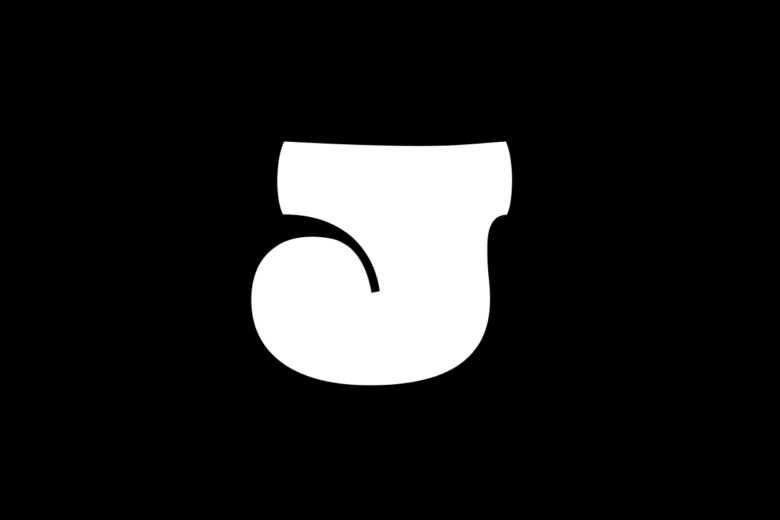
If your company’s name is well-known, a letterform logo might be perfect for you. Letterform logos use a single letter (almost always the first one) to represent the brand. Think Facebook. Netflix. McDonald’s. Pinterest. All brands represented by a single, recognizable letter. This type of logo is simple, easily identifiable, and can quickly become synonymous with the brand.
Letterform icons are easily scalable since they’re only a single letter and not an image or word. They work well for app icons, social media profile pictures, etc.
Should you use a letterform icon for your brand? It depends on how much cache your brand has. If your brand is at least somewhat well-known, then it might make sense to use a single, stylized letter to represent your brand.
Wordmarks
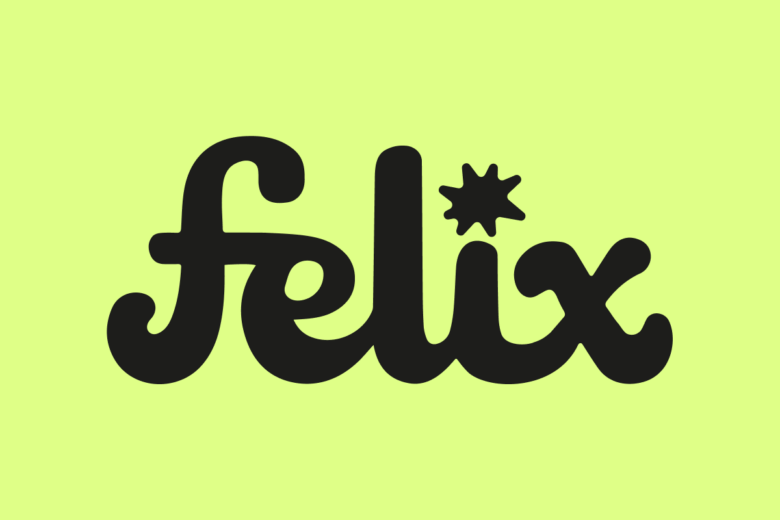
Another type of logo is the wordmark. These are logos that use a stylized version of the company’s name to represent the brand. Think Google, Coca-Cola, and Disney. Wordmarks often incorporate unique fonts, color schemes, and sometimes additional design elements.
Wordmark logos are great for companies with easily recognizable names or those looking to establish their name in the market. They can also be easily incorporated into slogans and taglines.
With wordmarks, you have a couple of different options regarding the specific font you use. You can create a custom-designed font that you and only you use for your brand. Or, you can use a pre-existing font and slightly alter it to fit your brand’s aesthetic. Both options have their own benefits, so it ultimately depends on what best represents your brand.
Lettermarks/monogram
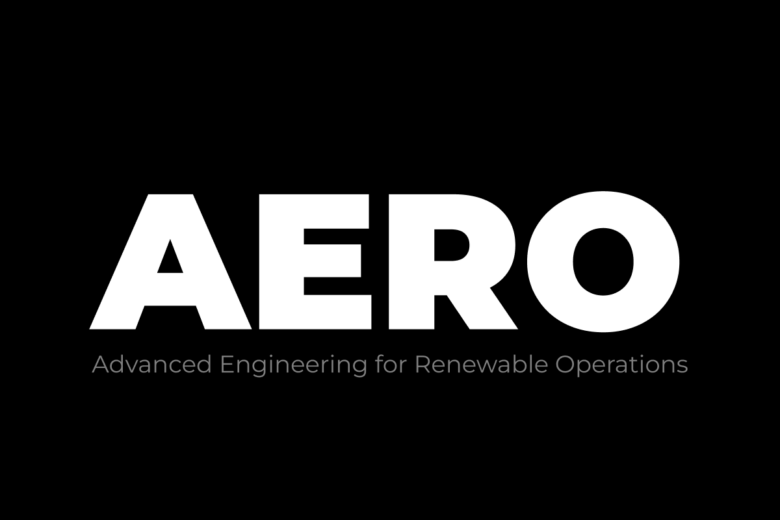
Lettermarks are similar to letterforms but include a brand’s initials rather than just a single letter. Think IBM, HBO, NASA, or CIA (just had to include that one for fun). Like letterforms, lettermarks can be composed of a custom-designed font or you can use a pre-existing font and tweak it a bit to make it your own.
Lettermarks can be a great option for brands with long names or those looking to create a more minimalistic and modern logo. They are also easily recognizable and can be used on various marketing materials.
Symbols/pictorial marks
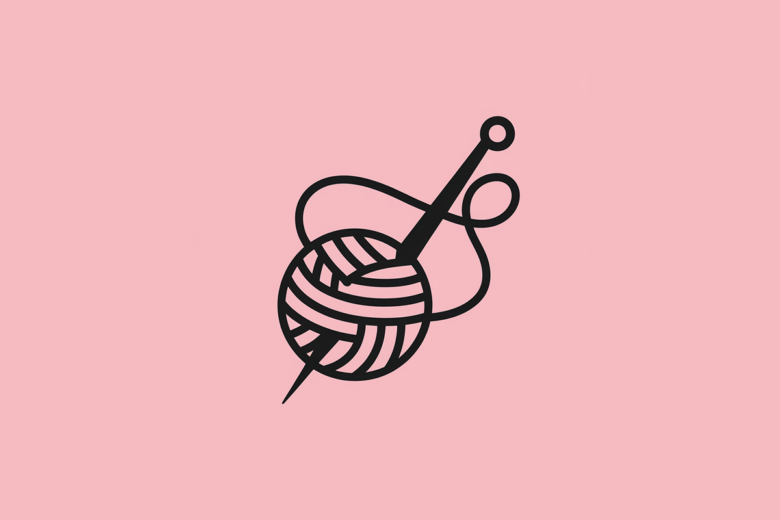
Logo symbols are another type of logo commonly used by companies. A logo symbol is an image or icon or symbol that somehow represents who the brand is or what they do. Usually, these types of logos are a real-world object, as opposed to something totally abstract.
Brands that use logo symbols include Apple, Shell, and Target. When should we use a symbol? If you want to create a lasting impression for people, a symbol may be a great choice. Symbols can also help you stand out from the crowd and differentiate your brand from competitors. However, if your brand is new or relatively unknown, it may not have the same impact as using a wordmark or letterform.
Abstract logos
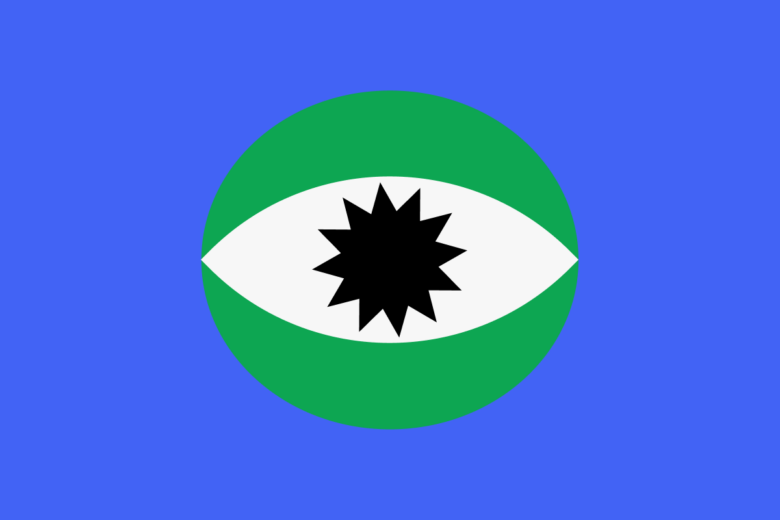
Everyone recognizes the Nike Swoosh even though the symbol isn’t any specific object in the real world. Nike has built up so much brand power and equity that they no longer need any accompanying text. The symbol alone is enough.
Abstract logos involve creating a unique shape or design element that doesn’t necessarily represent anything specific but has significant meaning for your brand. They are often eye-catching and can stand out from other more traditional logo types. The Olympics are another example of an abstract logo that everyone recognizes.
When considering an abstract logo, it’s important to make sure it still represents your brand’s identity and values. Sometimes these types of logos can be ambiguous and may not resonate with everyone.
Mascot
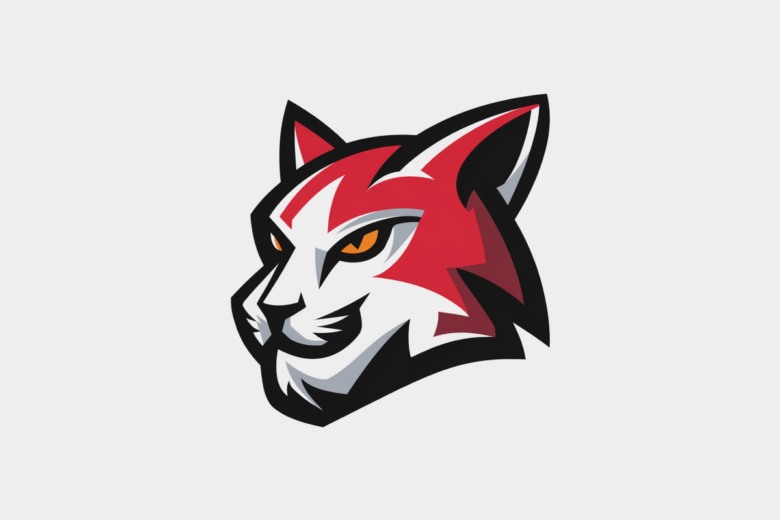
A mascot is an illustrated character, real or made-up, that acts as some sort of ambassador for the brand. Brands like KFC and Pringles use mascots to represent them, giving their brand a fun and playful personality.
Mascots can be great for creating emotional connections with consumers, especially children who may become attached to the character. However, they may not be suitable for all industries or demographics. It’s important to consider your target audience and whether a mascot will resonate with them.
Combination Marks

The final type of logo is combination marks. As you probably guessed, combination marks bring together both text and images into a single logo. You can combine mascots with lettermarks, wordmarks, or abstract symbols to create a unique and versatile logo. Examples of combination marks include the logos for Adidas, Burger King, and Doritos.
These types of logos offer the best of both worlds – a memorable image and clear brand name. They can be more complex and require skilled design work, but they can also leave a lasting impression on consumers.
How to generate your own logo with Picsart
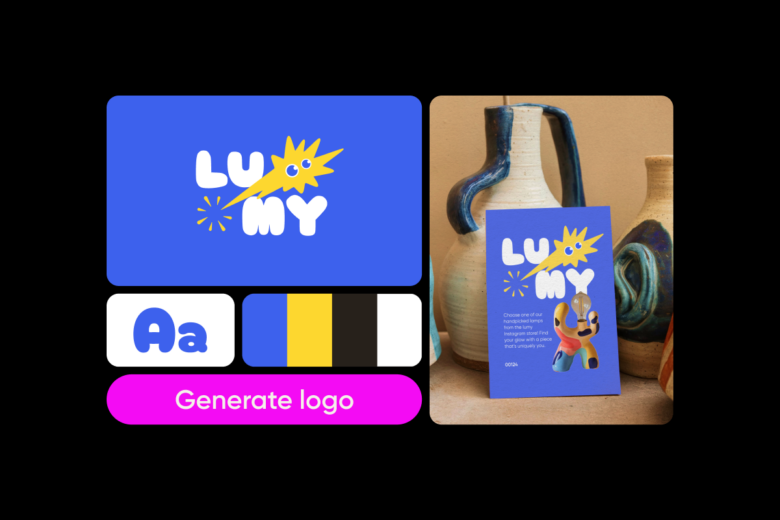
You don’t have to be a professionally-trained graphic designer to create a great logo for your brand. With Picsart, you can make a logo that captures all your brand represents.
One simple way to get a powerful logo for your brand is to use our Logo Generator. You only need to input a small amount of information, like the name of your company, a few details about your brand, and what you think the ideal logo might look like. Once you’ve done that, simply hit “Generate” and watch the magic happen.
Of course, if you want to be a little more hands-on with your logo design you can do that as well. You can start with one of our professionally designed logo templates and then customize the fonts, colors, and images until you have a logo that perfectly represents the essence of your brand.
And if you want to start from scratch with your logo, you’re going to want to check out our AI tools and design tools. They make it incredibly easy to take the logo that’s in your mind and turn it into something you can actually see and use.
Conclusion
No matter what type of logo you choose, it’s important to remember that your logo is the face of your brand. It should accurately represent your brand’s identity, values, and personality. Take the time to carefully consider which type of logo will best serve your brand and make sure it resonates with your target audience.
Whether you opt for a wordmark, lettermark, abstract symbol, mascot, or combination mark, make sure it stands out and represents your brand effectively.




